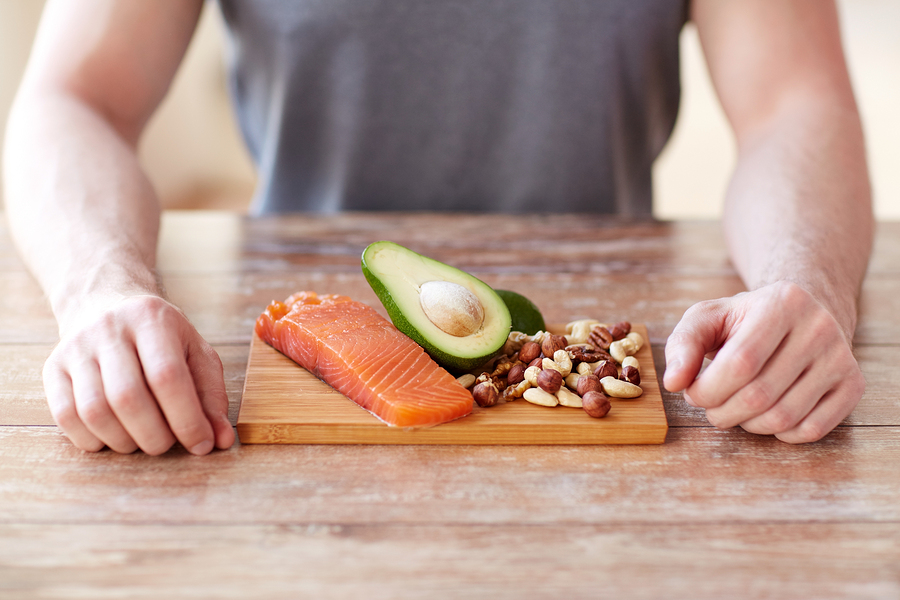Among the many trendy diets that have gained popularity over the past few years is the Paleo diet, or Paleolithic diet. Involving eating mostly the modern, everyday foods that most closely resemble the types of fare consumed by our Stone Age ancestors, the idea is to adopt the diet that follows that of an age before the agricultural revolution when people were hunters and gatherers, meaning consuming nothing that has been processed or was not readily available to people living in the Stone Age. Foods eaten while on this diet consist of mostly meat, fruits and vegetables, and nuts and seeds. According to several studies, when eating fewer carbohydrates, more protein and fiber, and foods that are rich in omega 3s, omega 6s and healthy fats in general, you are less likely to develop heart disease, type-2 diabetes and other degenerative diseases. You are also more likely to lose weight and improve your athletic performance.
One of the more convincing facts that would persuade someone to start the Paleo diet is that it is not merely a fad diet that you’ll read about or be fed sales pitches about by people trying to gain a quick buck. It has been shown that our Stone Age ancestors were very healthy, in shape and had impressive athletic performance. According to Paleo Leap, a website offering Paleo recipes and educational resources, “other recent and fad diets like the standard American diet aren’t rooted in any history, ancient tradition, or thorough science, and haven’t endured the test of time.” Following the diet that humans were designed to eat seems to make a lot of sense. After all, humans are animals too and animals seen in their natural habitat hunting and gathering food do seem to be at their optimum health.
One of the inconveniences may be that the diet highly recommends only grass-fed meat and as minimally processed foods as possible, which might make the diet difficult for those on a stricter budget. Luckily, the Paleo diet may be easier to follow than some have been lead to believe. Much information regarding the Paleo diet recommends eating only lean meat, while in fact, people of the Paleolithic period did not have access to much lean meat and ate the fatty parts of animals in order to survive. It is important to keep our modern perspective in mind and view such a diet in multiple lenses. Another misconception about the Paleo diet is that you should stay away from white potatoes and other starchy vegetables. In reality, many of these vegetables are fortified with vitamins and are healthy despite what those who are following a strict low-carb diet may believe.
The Paleo diet may be a good choice whether you are looking to lose weight, increase your athletic performance, prevent certain diseases or just live a healthier lifestyle in general. However, it is easy to become sold on any kind of diet when presented with facts from research studies and such thorough historical and anthropological evidence. Someone looking to start a diet should take care to choose one that will work well for him or her. This is not the diet to start if you are not a big meat eater in the first place, for instance. However, doing your homework on the Paleo philosophy and keeping an otherwise healthy lifestyle are the first steps in becoming part of an ever-growing Paleo community and to improving your health!
